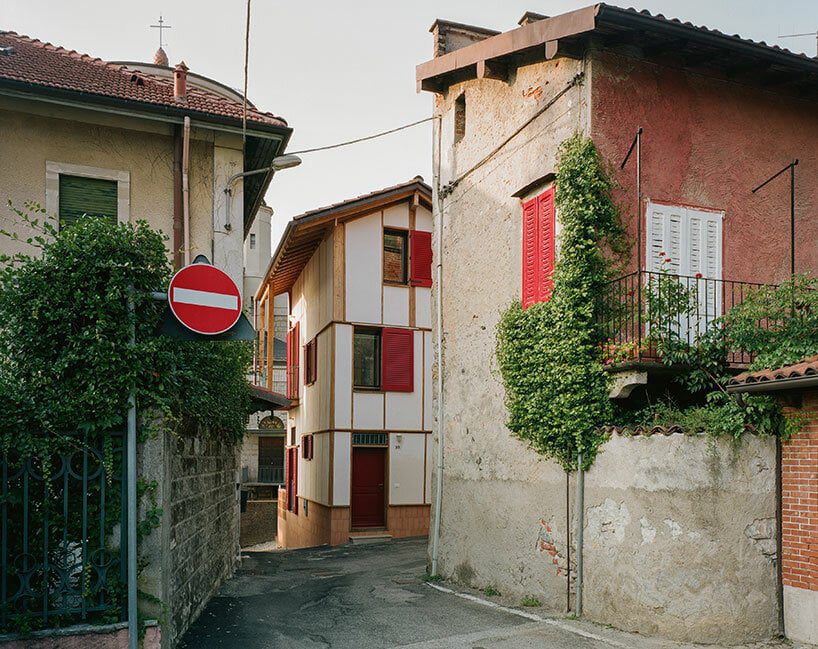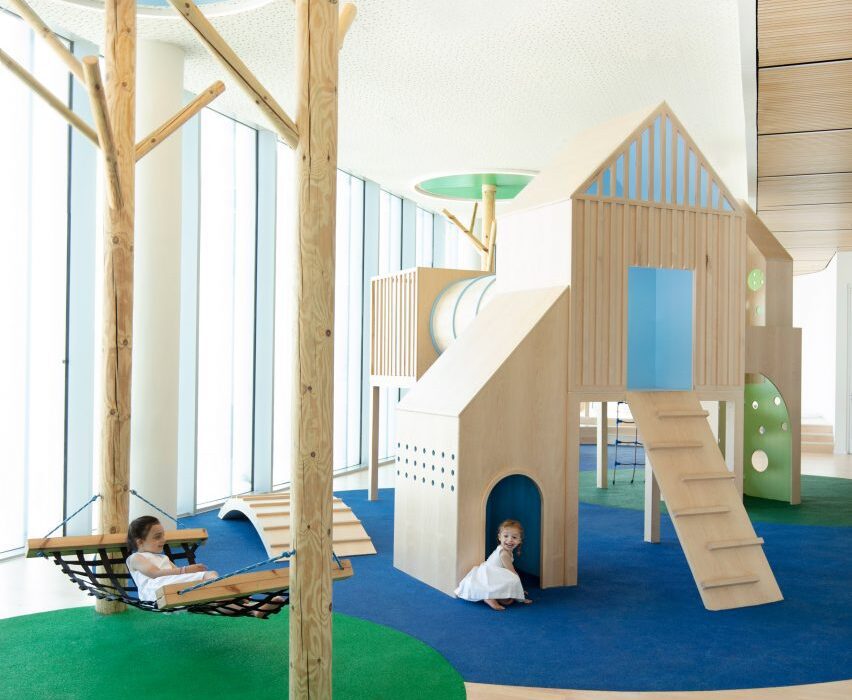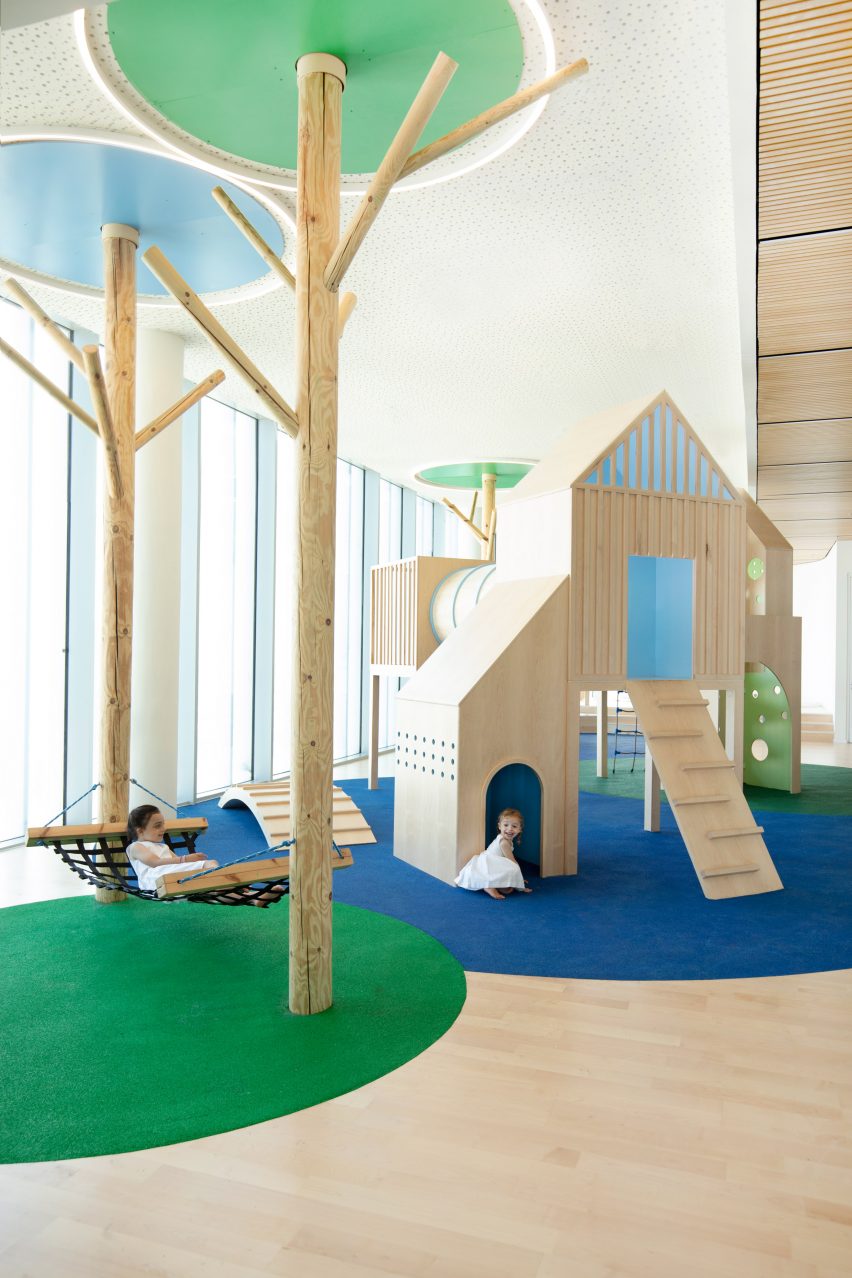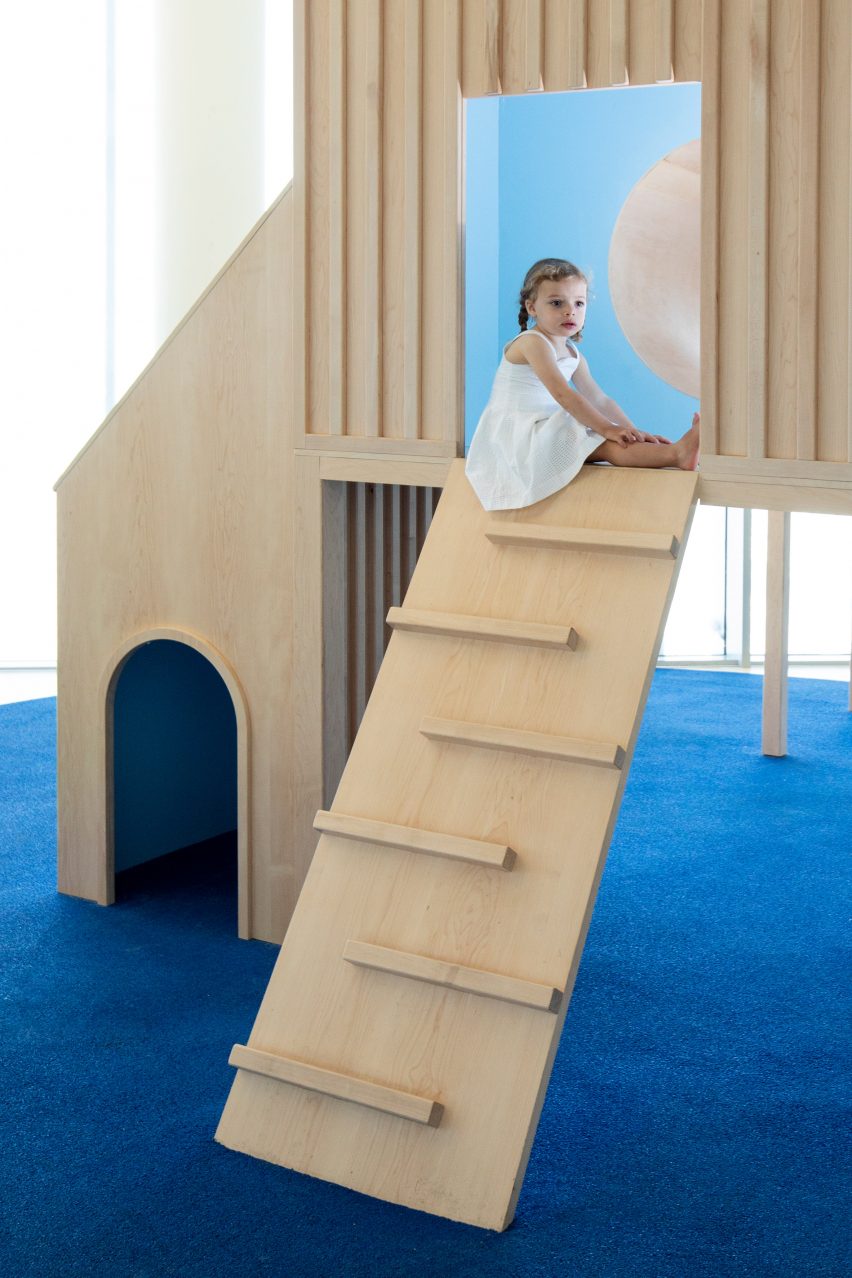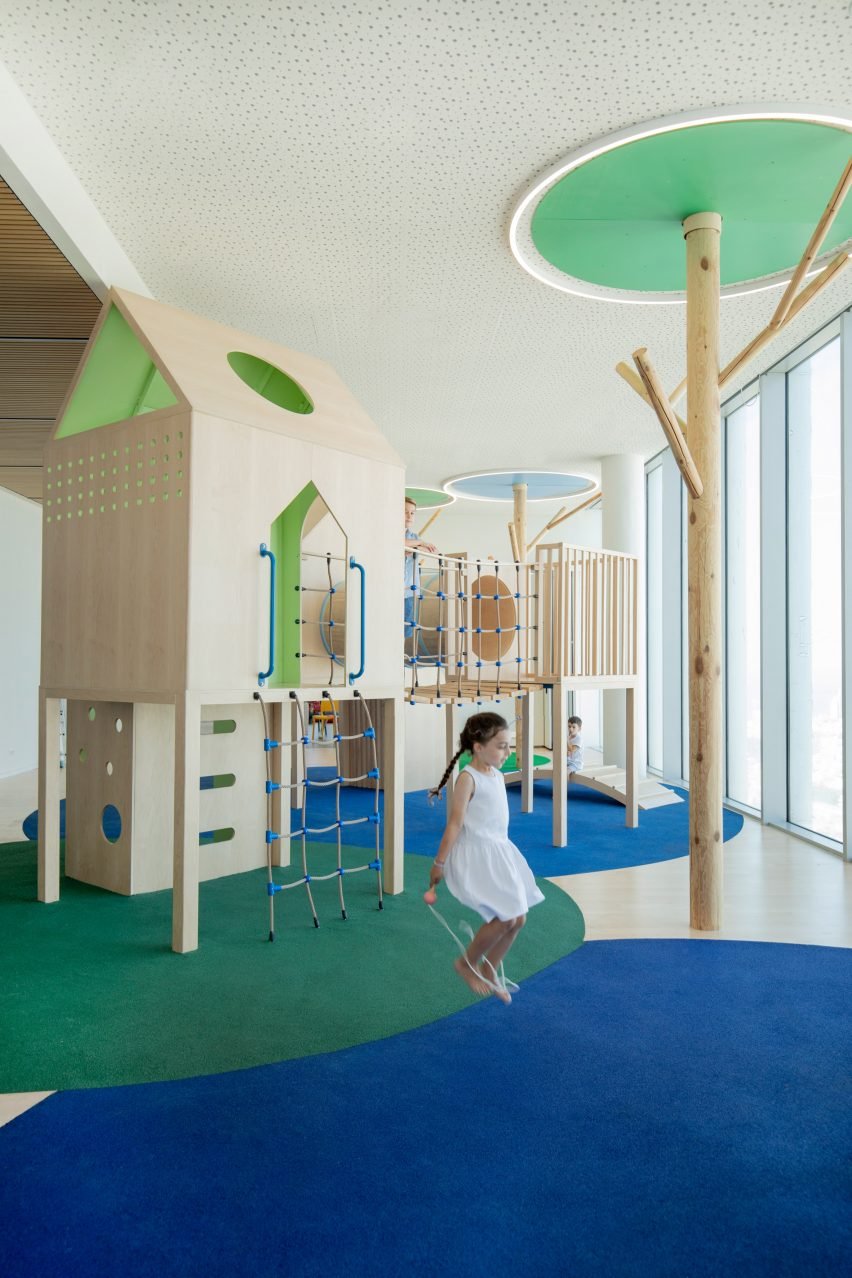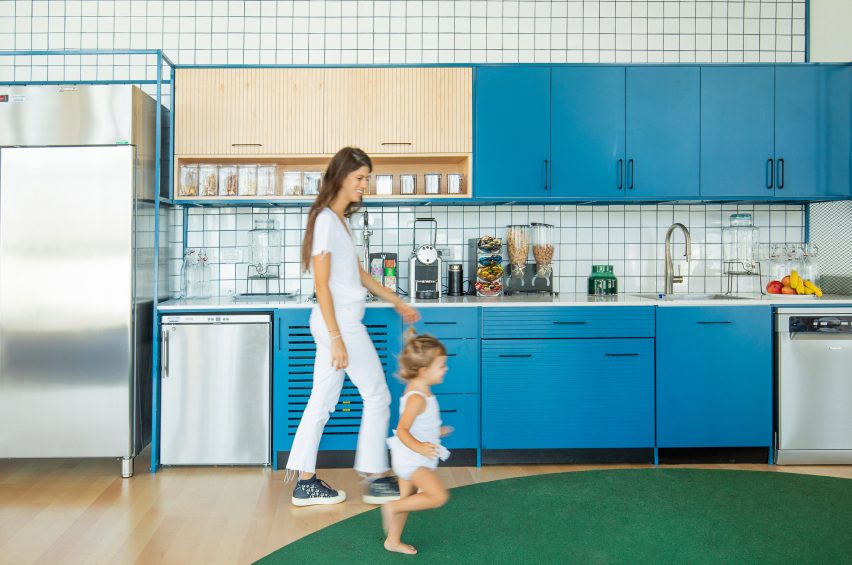studio albori rebuilds this ‘casa di legno e paglia’ with wood and hay
casa di legno e paglia: reimagining tradition
Rising amidst in the picturesque town of Laveno, Italy, overlooking the serene Lake Maggiore, the Casa di Legno e Paglia by Studio Albori is a stunning example of sustainable architecture that pays homage to the region’s rich history. Adhering to local regulations, the small residential reconstruction mirrors the structure of its predecessor, while embracing eco-friendly and repurposed materials. This combined influence from both tradition and modernity creates a dwelling that is both aesthetically pleasing and environmentally responsible.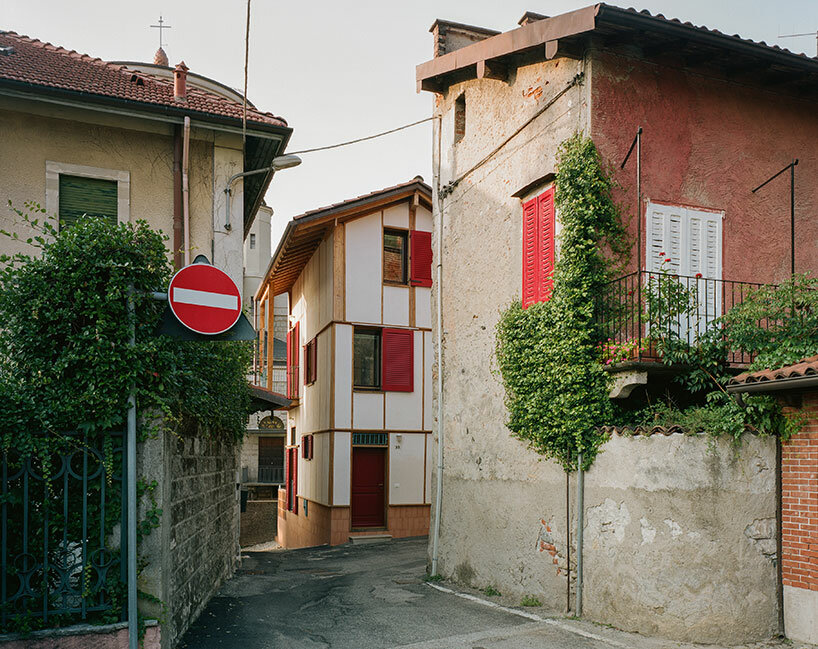 images © Luca Bosco
images © Luca Bosco
the house of wood and hay
The architects at Studio Albori construct the foundation of Casa di Legno e Paglia with metal gabions — caged walls filled with locally sourced stones — a technique that reinforces the building’s structural integrity while reducing environmental impact. The primary framework is made of Piedmontese larch wood, a deep-rooted connection to the region’s natural resources that ensures both aesthetic beauty and sustainability. One unique feature of the house is its perimeter walls, which are filled with straw bales. Straw is a sustainable and energy-efficient material that provides excellent insulation, keeping the house cool in the summer and warm in the winter. The straw-filled walls are then plastered with lime, imparting a timeless aesthetic and reinforcing the commitment to eco-friendliness. This structure of larch wood and hay lends the dwelling its name in Italian: Casa de Legno e Paglia.
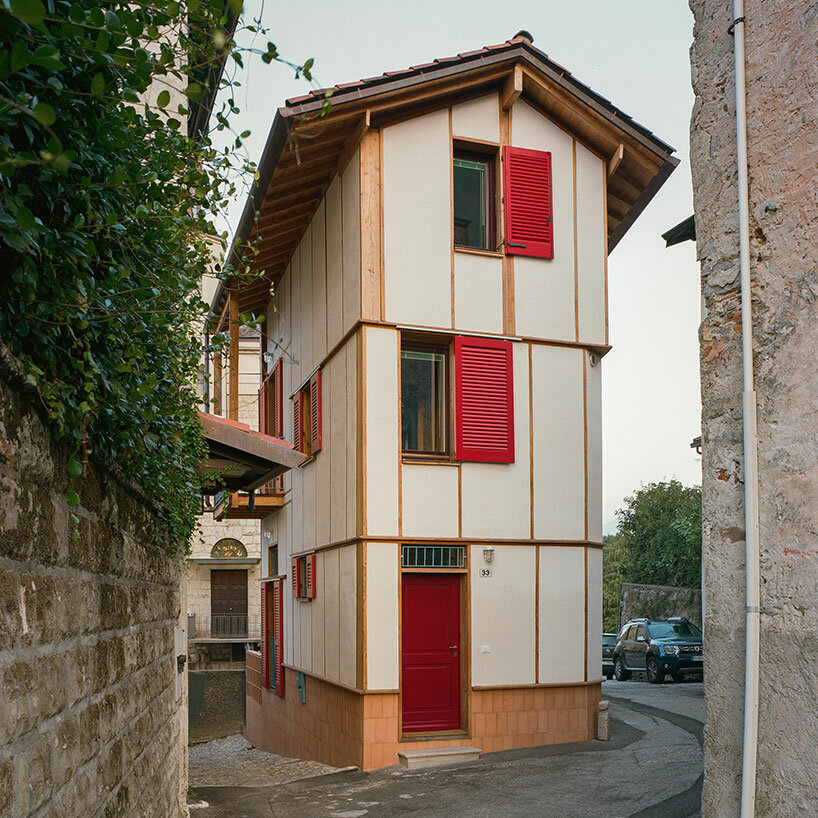
salvaged materials include window frames, roof tiles, and stone to breathe new life into the project
circular design by studio albori
In a nod to circular economy principles, Studio Albori has incorporated a number of salvaged materials into the project, breathing new life into the remnants of the past. The house proudly features external and internal window and door frames, roof tiles, parapets, gates, grates, and stones in the garden, all thoughtfully salvaged from the pre-existing building or sourced from local scrapyards. This commitment to reclamation not only enhances the project’s sustainability but infuses it with a sense of historical relevance. The Casa di Legno e Paglia exemplifies the power of architecture to bridge the past and the present. Through its thoughtful design and sustainable practices, Studio Albori has created a residence that is both timeless and innovative.
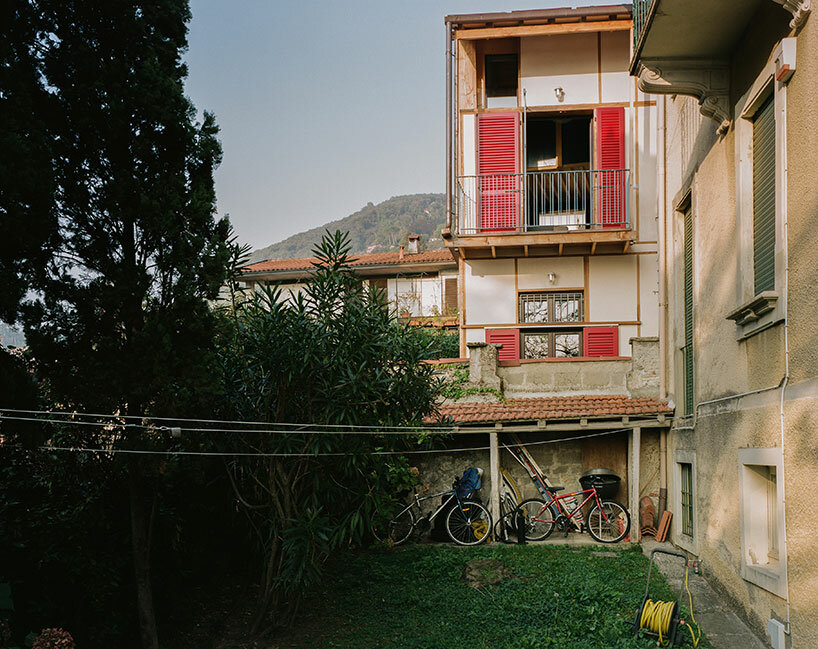
the renovation integrates into Laveno’s historic context by replicating the profile of the pre-existing structure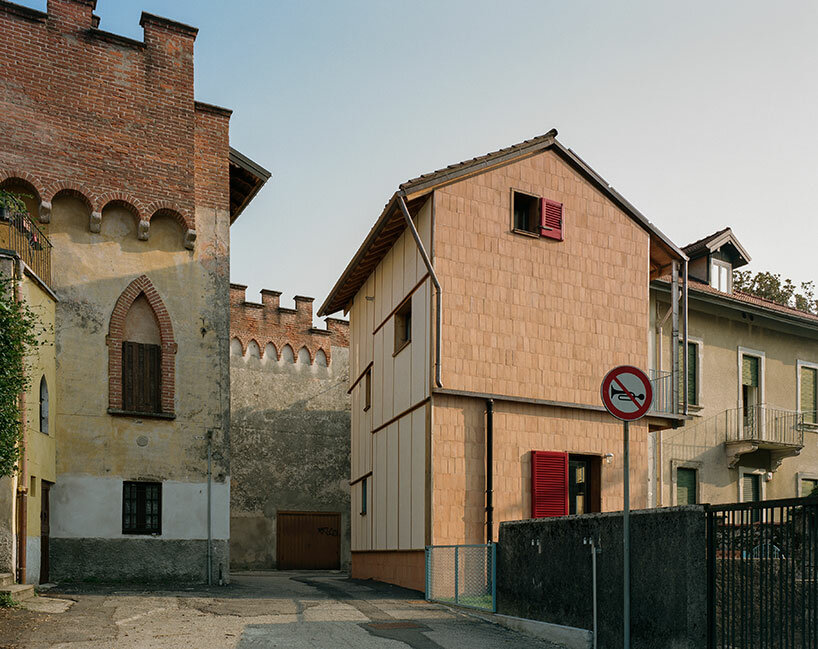
natural materials and an exposed wooden structure merges traditional and contemporary design 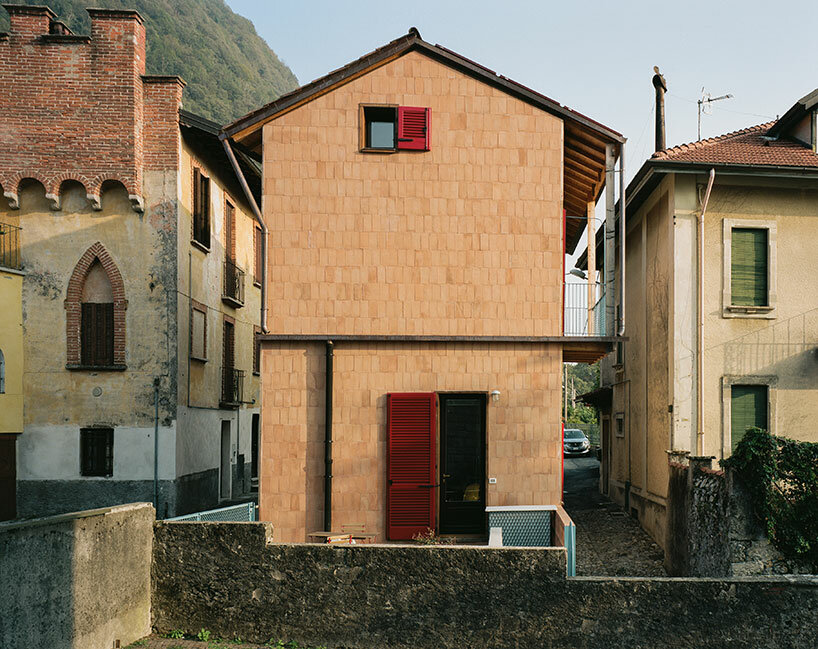
foundations of stone-filled gabions, contribute to its structural stability while minimizing environmental impact.

